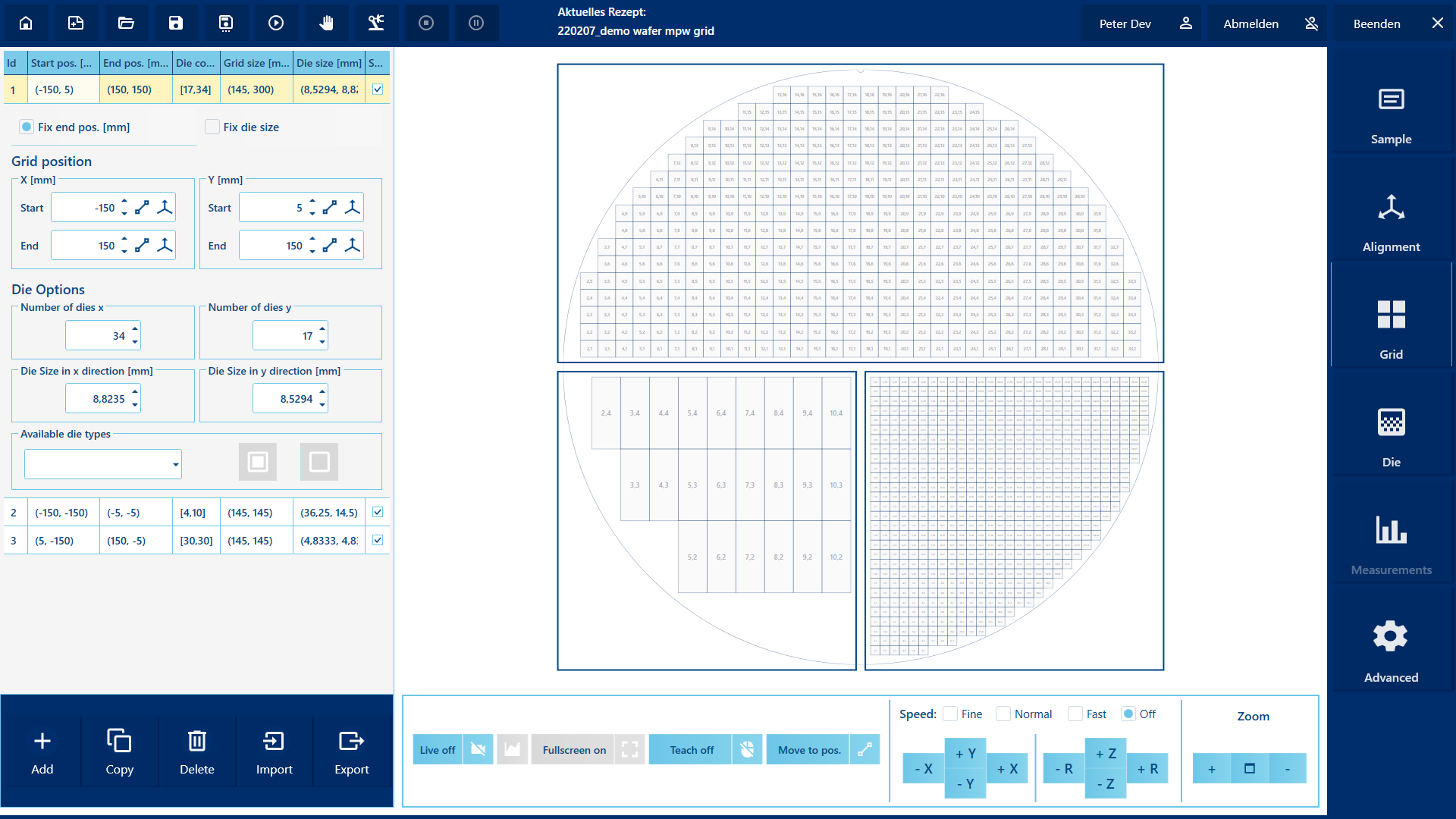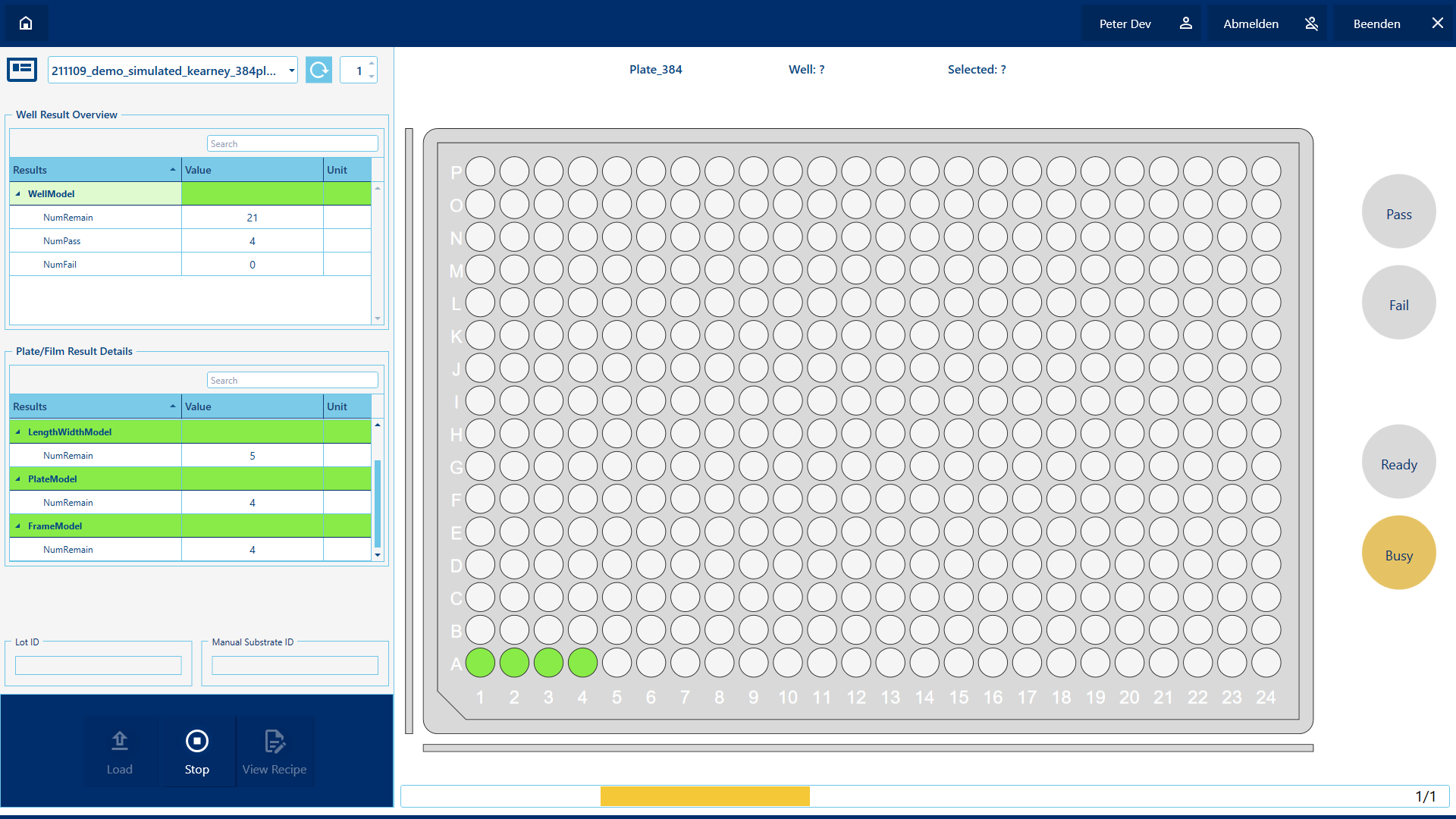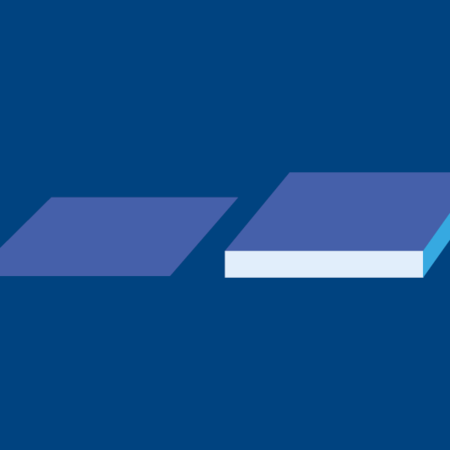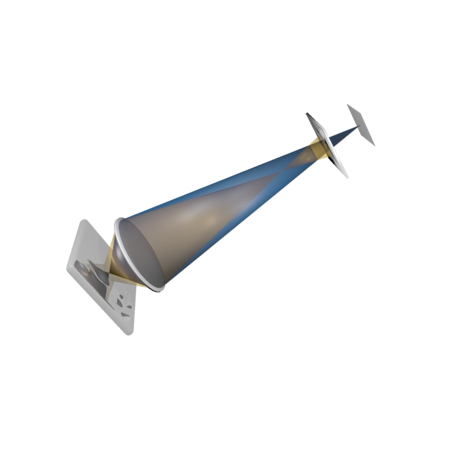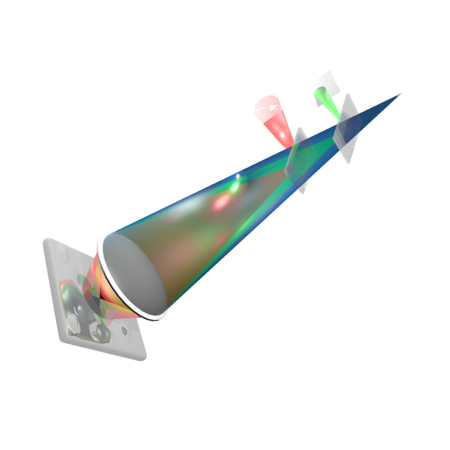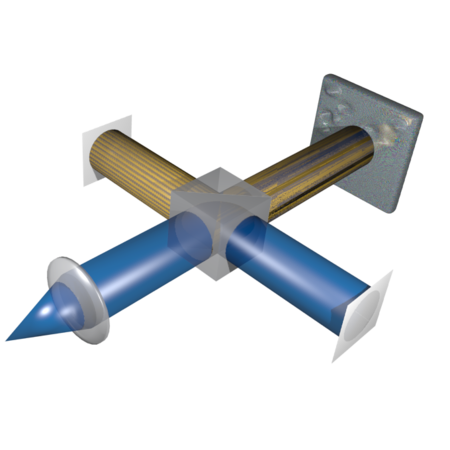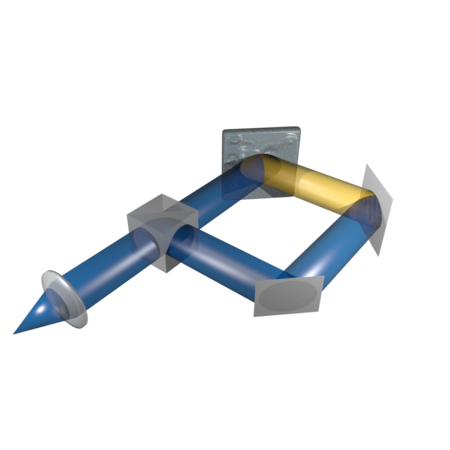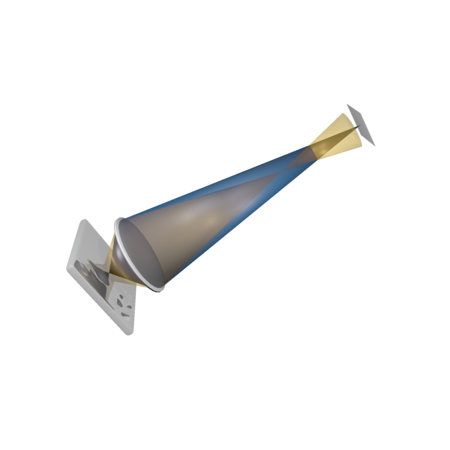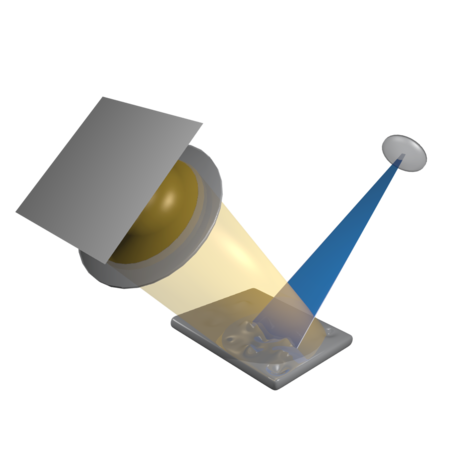Optical 3D Metrology
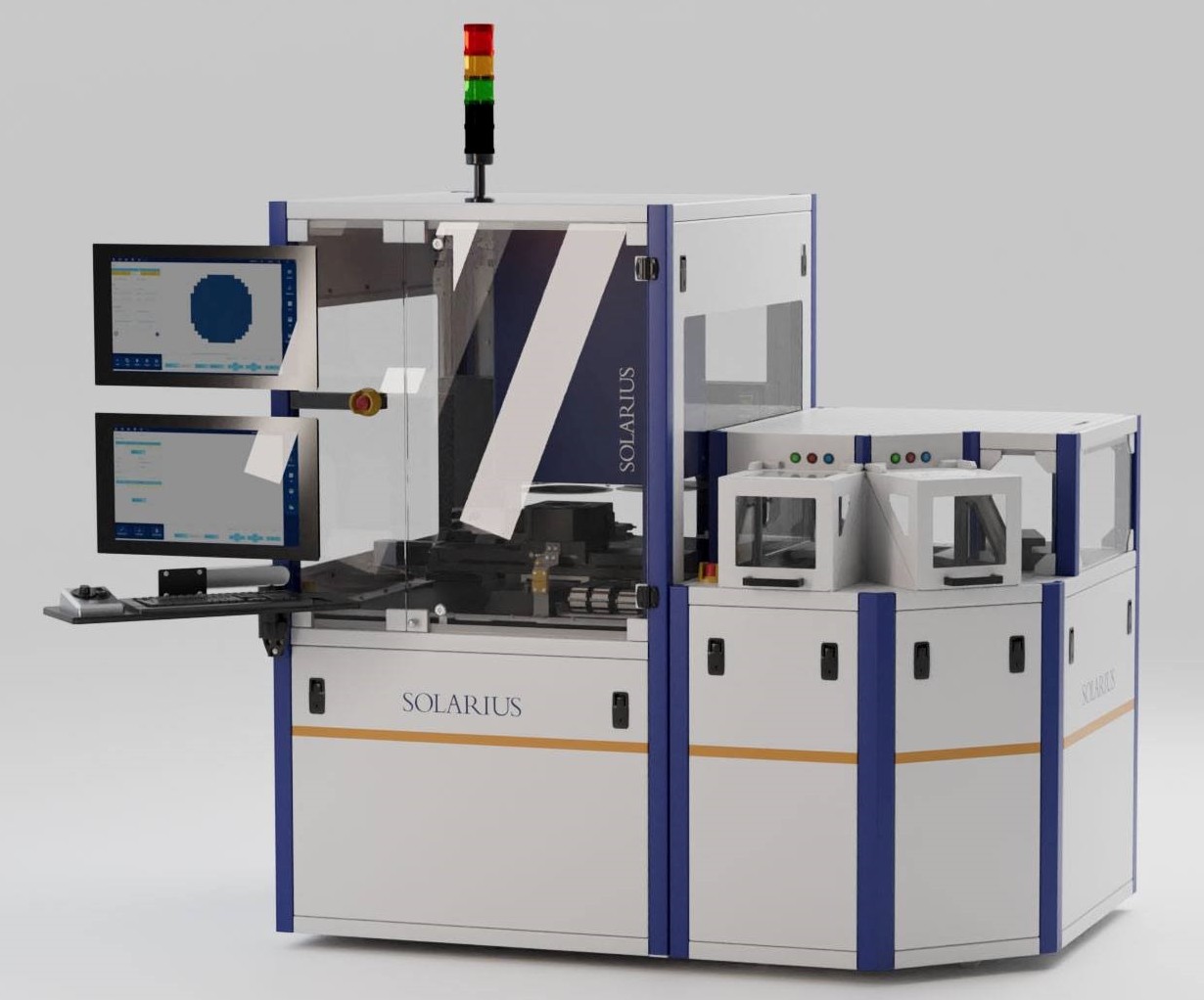
20 years of Independent 3D Machine Vision Expertise
A full line of optical 3D measurement technologies allows to choose the most cost-effective and best-in-class technical solution - regardless of manufacturer, brand or a certain technology, Solarius is your guarantee of innovation and progress in your digitized quality assurance for your Industry 4.0 approach.
The 3-dimensional detection and reproduction of technical surface properties, whether topography, texture or tribological parameters, is made possible by a variety of physically different optical imaging principles. These optical imaging principles allow a true, complete and fast digitization of technical surfaces and on this basis a real-time, automatable and reliable analysis of this data for the purpose of monitoring and controlling processes as well as for the actual assurance of the quality of products. The traceability of the quality data in the form of audit trails or subsequent verifiability of results is also possible in an easy and transparent way at any time by archiving these digitized surfaces. The optical 3D measurement technology for technical surfaces is an elementary component of the comprehensive digitization of industrial production, allowing your manufacturing lines to "visually inspect" the current process results. By its capability to make machines "see" their own action optical 3D metrology contributes to the High-Tech Project Industry 4.0
Using the various 3D imaging principles, digital images of shapes, textures, roughness and layers are created. Each of the 3D imaging principles shows natural strengths and weaknesses over the individual character of objects. Depending on the nature of a surface, the material of the workpiece, or the final use of a product, a particular imaging principle may prove advantageous over the other principles. Experience in the application of optical metrology and an independent choice of technology are essential. In addition, each of the imaging principles, over more than 20 years of intensive, industrial application of optical 3D metrology, has developed various variants of the technical implementation and design in order to best address their own natural weaknesses. The multitude of competing technologies and vendors, with all their individual advantages and disadvantages, makes choosing the right technology for a specific task or a wider range of tasks a complex and non-trivial decision.
The Solarius Group of Companies offers a broad and comprehensive portfolio of optical 3D measurement systems and technologies for digitization as well as the following metrological analysis of technical surfaces. Based on a complete technology platform, the optimal system or combination of technologies can be determined for each measurement application. Based on 20 years of experience in automated, industrial 3D measurement technology worldwide and a multinational team of experts in the field of optical 3D surface detection and image processing, Solarius is independent in choosing the most economically and technically best solution for your individual task.
Solarius SolarCore Software Platform
The Win10 Solarius SolarCore C++ software platform is designed according to industry standards, intuitively guiding engineers and operators through individual workflows. A configurable user and role management allows granular acces control. The software platform provides flexibility to a high degree as necessary to meet up-to-date requirements via its multi language C# user interface, currently availabe in English, Chinese an German. Its intelligent architecture allows quick customization, integration of new devices and is capable of processing highest amounts of data in real time processes.
The modern style user interface integrates the complete workflow of metrology and inspection tasks as well as the needed material handling capabilities by an easy and straightforward to operate functional layout. Its high level of abstraction in combination with a broad range of available metrology allows to adapt quality assurance processes to almost any objects and manufacturing environments.
Standardized Workflow for Wafer Fabs
The SEMI wafer processing interface provides visualization and functionality for wafer handling and metrology workflows. It allows teaching of grid base recipes for wafer and panel shaped substrates, definitiontion of specification limits and the displaying of quality relevant results, taking into account the individual role rights of the current users. A detailed review of results, down to the individal items is available, same as a quick overview on cassette or FOUP/FOSB level. This user interface is the operating basis for the Solarius SIMP tools enabling diverse applications and solutions.
The semiconductor workflow allows to define data export via templating file names and folder paths, incorporating individual object data as recognized through automated QR and DDM codes within the processing of the individual wafers or panels. Material handling for fully integrated fab environments such as OHT or AGVs is availabe anlong with the SECS/GEM interface toolbox.
Customized Workflow for Cell Culture Plates
Besides specific user interfaces as the above semiconductor UI, a wide range of metrology and inspection tasks need highly customized user interfaces to allow operators and engineers a quick overview within their quality assurance process. With manually loaded and/or operated systems it becomes necessary to implement graphical representations of the device under test, allowing the operator a quick and clear access to result data. Also, handling related functionality has to be accessible within the same screen to avoid switching forth and back between different views throughout the operation of the tool.
The custom interface shown to the left is a special design for quality control of cell culture plates. Within this inspection and metrology task geometric and dimensional parameters of the cell culture plates have to be monitored and damages and debris have to be detected. All information becomes summarized in one consolidated view, suitable for color blind people.
Data and Factory Interfaces
The Solarius SolarCore software platform offers different interfaces for factory automation and data transfer. The latest interface was created for the MVTec HALCON image processing library. The interface allows the generic implementation of custom image processing into the SolarCore automation environment, setting and changing input and out variabale structures for data and parameters without the need of Solarius R&D support. Besides the above, common data export interfaces for CSV or Excel as well as for customized result data structures are supported. The software platform comes along with a dual SQL server interface for process input and output data. For advanced fab automation the platform provides an OPC/UA server and client infrastructure as well as a full 300 millimeter SECS/GEM interface supporting SEMI standards E4, E5, E30, E37, E39, E40, E87, E90, E94, E116, E84 AMHS.
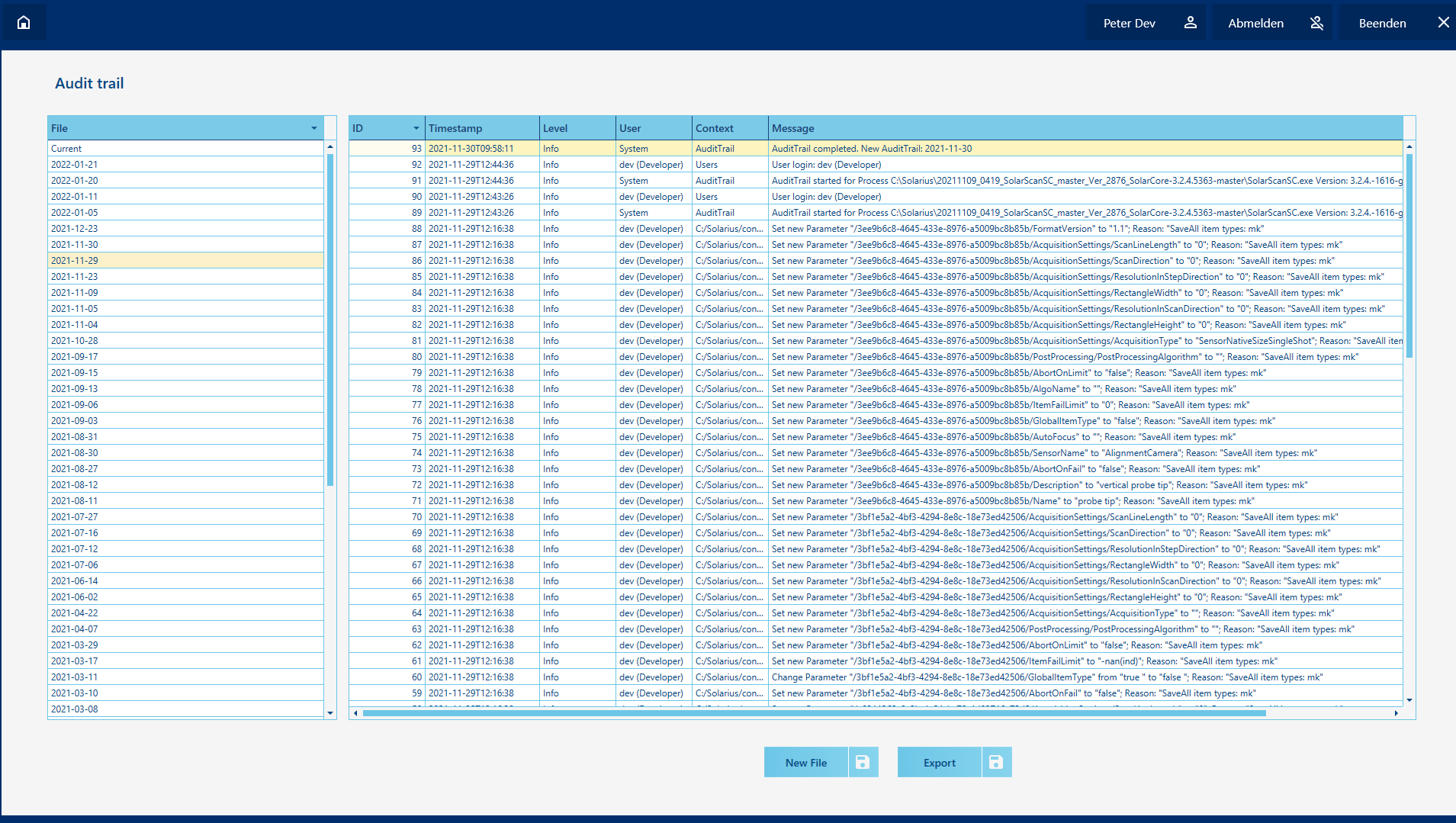
Traceability and Compliance
The integrated, FDA 21 CFR Part 11 compliant audit trail is an advanced logging data base for process relevant information as well for tracing changes and process relevant data and can be connected to electronic user identification systems as well as to the user and role management of the platform. Initially, the audit trail was designed for the SIMP tool delivered to Boehringer Ingelheim Microparts in 2020. The audit trail allows a FDA compliant and reliable tracing of all manufacturing and QA relevant changes or can be simply used as a message logging window for operator-based tool surveillance.
The software platform as well as specialized image processign algorithms follow the GAMP guidlines. The semiconductor UI workflow is implemented accordingly to the SEMI standards as applicable.



